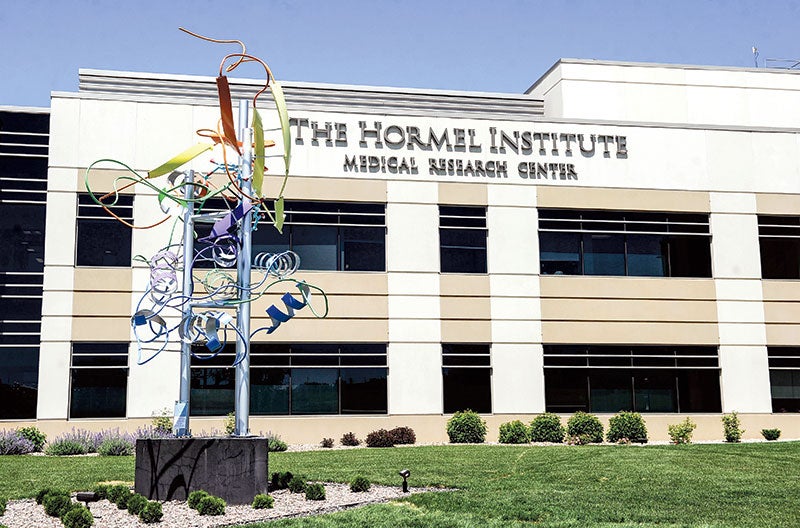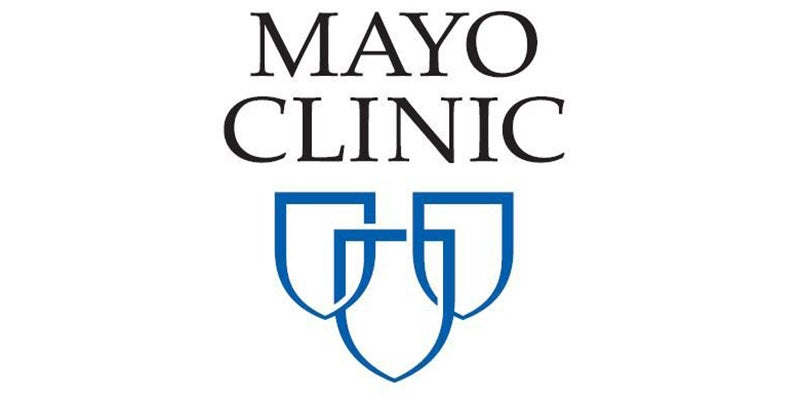Hospitals make gains reducing ‘adverse events’
Published 1:30 pm Thursday, January 23, 2014
State officials and hospital leaders in Minnesota are claiming success in a 10-year effort to reduce bed sores, medication errors and more than two dozen other adverse events that can harm patients as they’re being treated in medical centers.
The number of deaths and disabilities that can be linked to the adverse events — which include everything from burns and device malfunctions to operations on the wrong body part — continue to trend downward, according to reports being released Thursday by the Minnesota Department of Health.
At the same time, not everything is perfect.
There were 71 serious disabilities and 10 deaths associated with falls last year, while the number of patients harmed by medication errors increased over the previous year. Overall, there were 15 deaths linked to adverse events — the highest annual tally in five years.
“I think the 10-year report shows that we’ve made some progress in making hospitals safer, but we still have a long way to go,” said Lawrence Massa, president of the Minnesota Hospital Association.
“The general trend has been going in the right direction,” said Dr. Ed Ehlinger, the state health commissioner. “We’ve also seen an increase in awareness of the importance of this issue.”
One of the reports being released Thursday is the Health Department’s annual survey of 28 adverse health events that can occur in hospitals and surgery centers. The report was mandated by the Legislature in 2003 in the wake of a landmark federal report about the frequency of harmful medical errors.
Many events tabulated in the report relate to medical care; others tally things that aren’t supposed to happen in hospitals, such as patient suicides and disappearances.
During the 12-month period ending October 2013, the report tracked a total of 258 adverse events, which was a decline of 18 percent compared with the previous year.
The one-year decline in the total number of events was unusually large, state officials said, adding that it was driven by a drop of more than one-third in pressure ulcers.
Overall, there were 84 adverse events resulting in serious disability, down slightly from 2012. Patient falls were the biggest source of death and disability.
“Falls continue to be an area of challenge for health care facilities,” the report stated. “Occasionally, all appropriate interventions are in place and a patient can still fall and sustain a serious injury.”
The report noted a 36 percent decline between 2012 and 2013 in cases where health care providers operated on the wrong body part, performed the wrong procedure or operated on the wrong patient. In 10 years of reporting, the state has tracked 381 of these incidents.
But 2013 saw five cases of criminal events in hospitals — an unusually high number.
“During October 2012-October 2013 … Minnesota hospitals reported 2.6 million patient days,” the report stated. “Accounting for the volume of care provided across all hospitals in the state, roughly 9.7 events were reported by hospitals per 100,000 total patient days, (which) is down from the past five years.”
The second report being released Thursday is a 10-year evaluation of Minnesota’s program for publicly reporting adverse events.
Since 2003, more than 2,200 events have been reported; health officials have used data from the reports to suggest ways that hospitals and surgical centers can prevent recurrences.
“The number of annual deaths has varied from year to year, but has been moving in a downward direction from a high of 25 in 2006 to a low of 5 in 2011,” the Health Department said in a news release. “The number of events resulting in serious disability has also followed a downward trend from nearly 100 in 2008 to 82 in 2013.”
The report noted that hospitals and surgery centers believe that other health care providers — such as clinics and cosmetic surgery centers — also should be required to publicly report adverse events. It also said facilities sometimes struggle to get physicians and other staff members to engage in certain safety initiatives.
—Distributed by MCT Information Services




